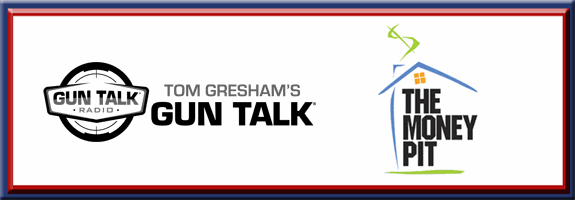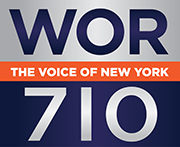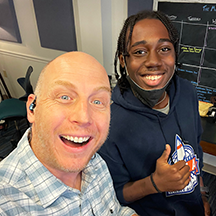By Holland Cooke
Consultant
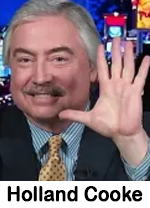 As The Beatles sang, “It’s been a long, cold, lonely winter.” Baseball – even Spring Training while it’s still chilly in March – says “Here Comes the Sun.” That’s what baseball means… to listeners.
As The Beatles sang, “It’s been a long, cold, lonely winter.” Baseball – even Spring Training while it’s still chilly in March – says “Here Comes the Sun.” That’s what baseball means… to listeners.
To local advertisers, it’s an opportunity for The Little Guy to sound big. In the words of one GM – who has made a pile of money selling baseball – “It’s ego and envy.”
Sales: It’s a thing, not a number
The sponsorship package cannot be quantified on a-cost-per-ANYTHING basis. It’s not “efficient” in agency terms, but baseball is powerful “reputation appropriation.” Translation: Advertisers can tell the world they’re big-enough for baseball.
— The rapid-response plumber, the roofing repair guy, and the lumber yard or hardware store or any independent local retailer slugging-it-out against big box competitors can be part of the Astros or the Braves or the Cardinals or the Dodgers or the Rangers or the Giants brand.
— Low-hanging fruit: Prospects who are, personally, fans. For decades, we’ve been telling reps at conservative talk stations to pitch businesses that fly big American flags. So which local retailers do you know to be baseball fanatics?
— Milk the value-added stuff affiliates get. Include some tickets in the package. Take ‘em to a game and bring ‘em up to the broadcast booth for a selfie with the radio team. Can you rent a sky box for a game and throw a client party?
— Make a list of guys-who-own-guy-stuff businesses. Home improvement and auto repair have always been opportune.
— Second and third-generation retailers might family-feud about other things. But grandfather AND father AND son can agree on this expenditure lots quicker than you can get consensus about a ROS spot package on “Kiss” or “Lite” or “Magic.”
— Baseball is a high-affinity branding opportunity. I don’t know when I will need to buy a tire…because nails lurk. But I already know where I’ll buy it, because they advertise in Red Sox games. And get this! All year long, that particular advertiser says, in all his commercials, in a thick Boston accent, “You go, Red Saux!”
— Warm list: Who’s advertising on stadium signage? That’s an ego clue. But it’s just branding. Radio can add-value to that expense by “telling your story,” and adding a call-to-action.
— Baseball = beer, so prospect DUI defense attorneys, and auto body shops. 😉
— Reps: You’re not calling from KXXX. You’re calling from Padres Radio. The team logo is in your email and sales material.
— Way-back-when: As Mickey Mantle launched one into the cheap seats, Mel Allen would proclaim it “another Ballentine Blast!” Back to the future: I’ve been at games where everyone there got a free something because the team did such-and-such. Can you invent a cool feature for local sponsorship? Every listener who says they heard ___ gets free ____ the next day.
IMPORTANT: Update copy as the season progresses. This is a franchise, not plug-N-play programming that babysits nights and weekends. Nothing says auto-pilot and disserves clients like spots and promos that crow “Baseball is back!” in July.
I was the Motor-Mouth Manager
War story: I programmed WTOP, Washington in the 1980s, long before there were Washington Nationals. We were your Orioles Baseball Station; and I was managing a union shop…but I ended up joining AFTRA because our announcers were newscasters who couldn’t say “Mid-Atlantic Milk Marketing Association” as rapidly as I, an ex-1970s Top 40 DJ.
— So – believe it or not – the company paid my initiation fee. And every time there was a change in that 65 seconds-of-copy-crammed-into the 60-second opening billboard that ticked-off all the sponsors, I got ‘em all in, and I got $10-something in my Pension & Welfare Fund. Sweet. But I digress…
— To OUR ear, that whole word salad sounds hellishly rushed. But to ADVERTISERS, it’s like having your caricature on the wall at the see-and-be-seen steak house. Every business named there is a someone, associated with everyone else there. They’re part of a local Orioles or Mariners or Mets Baseball Who’s Who. And everyone who isn’t isn’t.
— I’ve been on calls with reps closing baseball packages because “It’s worth it just for the promos!” So, include sponsor mentions in ROS promos.
— That said, sell enough in-game frequency to be heard. Two or three spots per game won’t be.
Next week: Avoiding the most common error I hear baseball stations make.
Holland Cooke (HollandCooke.com) is a consultant working at the intersection of broadcasting and the Internet. He is the author of “Multiply Your Podcast Subscribers, Without Buying Clicks,” available from Talkers books; and “Spot-On: Commercial Copy Points That Earned The Benjamins,” a FREE download; and the E-book and FREE on-air radio features “Inflation Hacks: Save Those Benjamins.” Follow HC on Twitter @HollandCooke
Share this with your network




 Having written thousands of commercials and promos, I’ve become a copy connoisseur. And, admittedly, a tough grader when it comes to delivery. Sell me and you’re good.
Having written thousands of commercials and promos, I’ve become a copy connoisseur. And, admittedly, a tough grader when it comes to delivery. Sell me and you’re good.
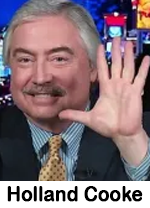 Avoid THE most-common mistake I hear in promos for talk stations’ weekend ask-the-expert shows: Opening with the Close.
Avoid THE most-common mistake I hear in promos for talk stations’ weekend ask-the-expert shows: Opening with the Close.
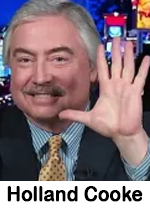 Here’s actual news copy, from Joe Connolly’s business report one morning on WCBS, NY: “One third of all domestic flights are now late, by an average of one hour.”
Here’s actual news copy, from Joe Connolly’s business report one morning on WCBS, NY: “One third of all domestic flights are now late, by an average of one hour.”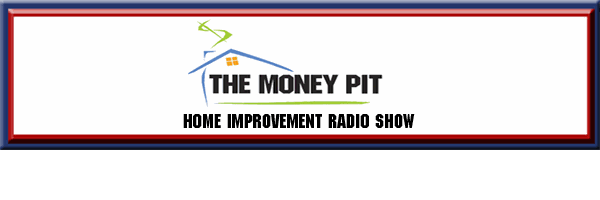
 As The Beatles sang, “It’s been a long, cold, lonely winter.” Baseball – even Spring Training while it’s still chilly in March – says “Here Comes the Sun.” That’s what baseball means… to listeners.
As The Beatles sang, “It’s been a long, cold, lonely winter.” Baseball – even Spring Training while it’s still chilly in March – says “Here Comes the Sun.” That’s what baseball means… to listeners.